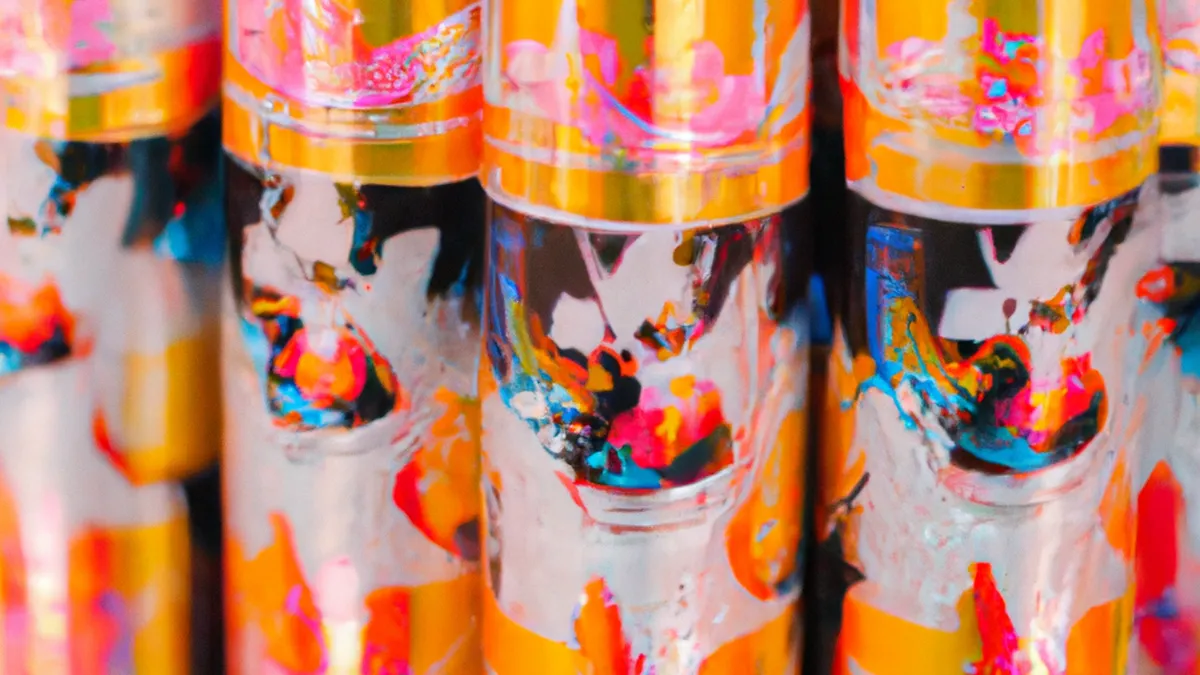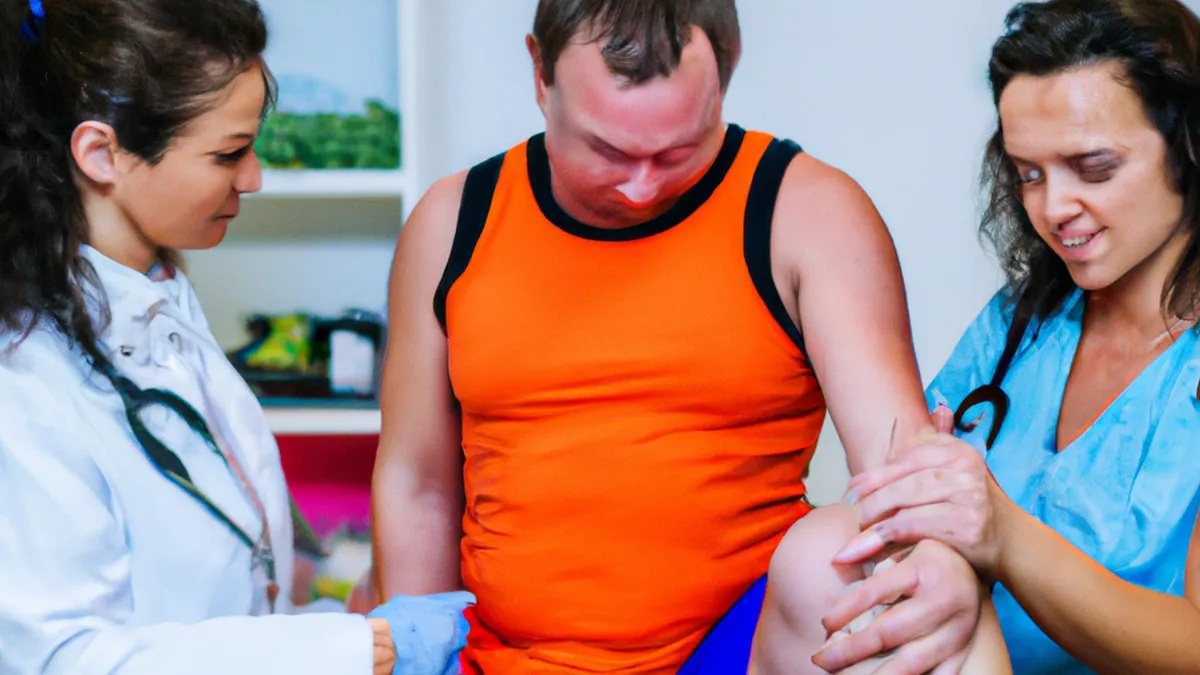Electrolyte Drinks: Homemade vs Store-Bought
Exploring Hydration Strategies for Endurance Athletes in Hot ClimatesEndurance athletes face challenges when training or competing in hot climates. Proper hydration enhances performance, safety, and recovery. Athletes lose fluid through sweat rapidly in hot conditions, impacting their performance and well-being. This post discusses hydration strategies for athletes aiming to optimize performance in the heat.
As an Amazon Associate I earn from qualifying purchases.
Gear tip: consider electrolyte mix, soft flask, and hydration tablets to support this topic.
Understanding the Impact of Heat on Performance
High temperatures affect athletic performance significantly. When the body overheats, it struggles to function optimally. This leads to fatigue, decreased coordination, and poor decision-making. Dehydration can cause heat-related illnesses like heat exhaustion or heat stroke, which can be life-threatening. Research shows that even a 2% loss of body weight from dehydration decreases performance. In extreme heat, this loss escalates quickly, so athletes must prioritize hydration.The body’s cooling mechanism relies on sweat during exercise. As sweat evaporates, it cools the body. However, high humidity or extreme heat reduces this cooling effect, increasing the risk of overheating. Therefore, athletes must understand how to stay hydrated in hot conditions.
Pre-Exercise Hydration Strategies
Before training or competing, athletes should ensure adequate hydration. Drink water or electrolyte-rich fluids in the days leading up to the event. Aim for half your body weight in ounces of water daily. For example, if you weigh 150 pounds, drink about 75 ounces of water. This baseline hydration helps mitigate fluid loss during intense efforts.Use a hydration calculator to assess hydration needs based on body weight, activity level, and climate. Additionally, consume high-water-content foods. Fruits like watermelon, oranges, and strawberries, along with vegetables like cucumbers and lettuce, help with hydration and provide essential nutrients.Monitor your urine color as well. Light yellow indicates adequate hydration, while darker shades signal dehydration. This simple check can guide your hydration efforts before an event.
Hydration During Exercise
Replenish lost fluids regularly during exercise. Drink fluids every 15 to 20 minutes while working out. This practice maintains performance and prevents dehydration. If exercising for over an hour, choose sports drinks with electrolytes like sodium and potassium. These electrolytes replace what you lose through sweat and enhance performance and endurance.Consider temperature and humidity levels when planning hydration strategies. In hotter conditions, increase fluid intake. In cooler environments, your sweat rate may decrease, so adjust hydration needs accordingly.
Conclusion
In summary, proper hydration strategies are essential for endurance athletes training in hot climates. Prioritize hydration before, during, and after exercise to optimize performance and safety.
Below are related products based on this post:
FAQ
Why is hydration important for endurance athletes in hot climates?
Hydration is crucial for endurance athletes as it enhances performance, safety, and recovery. In hot conditions, athletes lose fluids rapidly through sweat, which can lead to fatigue and heat-related illnesses if not managed properly.
What are some pre-exercise hydration strategies?
Athletes should ensure adequate hydration by drinking water or electrolyte-rich fluids in the days leading up to an event. It’s recommended to consume half your body weight in ounces of water daily and to include high-water-content foods like fruits and vegetables to support hydration.
How often should athletes hydrate during exercise?
Athletes should replenish lost fluids every 15 to 20 minutes during exercise. If exercising for over an hour, it’s beneficial to consume sports drinks with electrolytes to replace what is lost through sweat and to maintain performance levels.















Post Comment